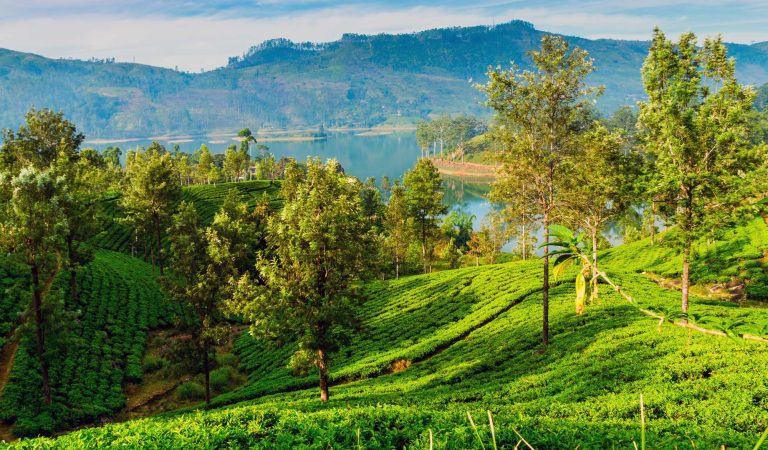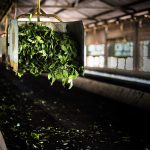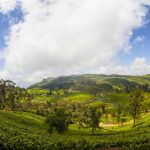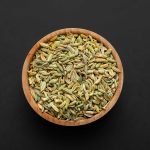While the tea plant (Camellia sinensis) is the star of Ceylon’s famed beverage, its cultivation is deeply intertwined with a complex web of indigenous flora and fauna that often goes unnoticed. These native species are not mere bystanders; they are integral components of the tea estate ecosystem, performing vital functions that directly impact the health of the tea plants, the unique characteristics of the tea leaves, and the long-term sustainability of the entire industry. Understanding and preserving these symbiotic relationships is crucial for safeguarding the future of Ceylon tea.
Indigenous trees, for instance, play a significant role beyond providing aesthetic beauty. Species native to Sri Lanka, such as various types of Albizia or Gliricidia, are often strategically planted within or around tea fields. These trees offer essential shade, which can moderate soil temperatures, reduce water evaporation, and influence the chemical composition of tea leaves, often leading to a more nuanced flavor profile. Furthermore, many of these trees are leguminous, meaning they fix atmospheric nitrogen into the soil, naturally enriching it and reducing the need for synthetic fertilizers. Their leaf litter also contributes organic matter, improving soil structure and microbial activity.
The native fauna, particularly insects and birds, also act as silent guardians. While some insects are pests, a diverse range of indigenous insects provides critical ecosystem services. Pollinators, though less directly impactful on the tea leaf itself, support the broader biodiversity of the estate. More importantly, predatory and parasitic insects native to the region serve as natural biological controls against tea pests. Birds, too, contribute significantly by preying on insects that could otherwise damage tea bushes, thereby minimizing crop loss and reducing reliance on chemical pesticides. Maintaining these natural predator-prey dynamics is a cornerstone of sustainable tea farming.
Beneath the soil surface, an unseen world of indigenous microorganisms performs indispensable functions. Native bacteria, fungi, and other microbes are responsible for decomposing organic matter, cycling essential nutrients, and making them available to the tea plants. Mycorrhizal fungi, for example, form symbiotic relationships with tea roots, extending their reach for water and nutrients. A healthy, diverse soil microbiome, fostered by indigenous flora and fauna, enhances soil fertility, improves water retention, and strengthens the tea plant’s resilience against diseases, directly influencing the vitality and productivity of the tea bushes.
In conclusion, the unique character and sustained success of Ceylon tea are not solely attributable to the tea plant itself or human cultivation practices. They are deeply dependent on the intricate and often overlooked contributions of the indigenous flora and fauna that co-exist within these ecosystems. Recognizing and actively conserving these “silent guardians” – from the shade-providing trees to the pest-controlling insects and the nutrient-cycling microorganisms – is paramount. Integrating these natural elements into tea estate management is not just an ecological imperative but a strategic investment in the quality, authenticity, and long-term viability of Ceylon tea.





